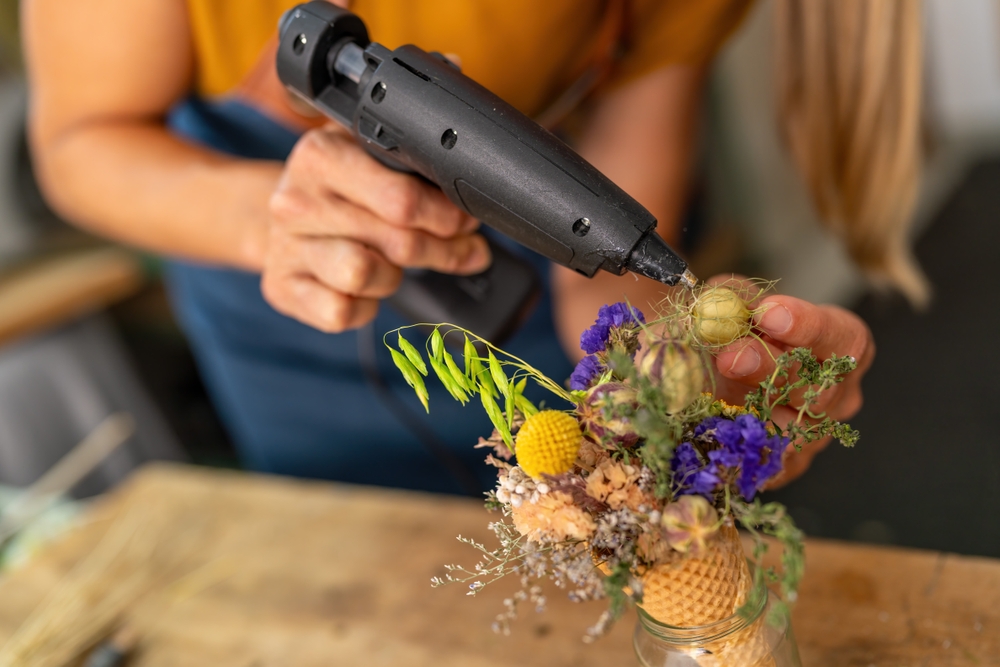Eco-Friendly Floral Arrangements: Creative Inspirations to Create
Flowers add beauty and cheer to any room, but they can be devastating for the environment. Bouquets made with nonbiodegradable elements and then transported with great carbon emission load are far from eco-friendly.

Flowers add beauty and cheer to any room, but they can be devastating for the environment. Bouquets made with nonbiodegradable elements and then transported with great carbon emission load are far from eco-friendly. Of course, it's quite possible to have beautiful floral arrangements with just a few conscious choices to subdue the depletion of the earth. Here's how to make an eco-friendly floral arrangement tips from our Kirkwood florist.
1. Use Flowers Sourced Locally
Employment of locally grown flowers is an efficient strategy to lower the ecological footprint of floral arrangements. Locally grown flowers have minimal carbon footprints. Moreover, they are extremely fresh and contribute much to the local farmers and all other businesspeople related to it. Find the most vigorous seasonal flowers by visiting any of our Middletown flower shops.
2. Choose Flowers in Season
Incorporating seasonal flowers into your designs is a great idea. Such flowers will thrive in their favorite environments, which makes them take less toll on such vital resources as water and energy. Most of the time, they are also more available and closer to the customer's location. Take a little time to check out what kind of flowers are in season with our Middletown florist, and let that information help your design decisions.
3. Banish Floral Foam
Floral foam is one of the most common materials used to hold flowers in place, but it is made from plastics. Chicken wire, reusable flower frogs, and natural materials such as twigs and branches are all more environmentally friendly ways to support your flowers. These options also give an organic feel to designs.
4. Use Reusable Containers
Instead of plastic vases or whatever vessel is used once and then discarded, imagine reusable vessels or ones that are repurposed. The interesting, unique holder could be a Mason jar, an old teapot, or a glass bottle. This would prevent waste, making it personalized to your work.
5. Incorporate some greenery and foraged elements.
The addition of greens and foraged items brings texture and intrigue to your arrangements, allowing you to use fewer flowers than you might expect. Take a moment to explore your garden or the surrounding landscape for foliage, branches, and other materials that can enhance your designs.
6. Choose organic and chemical-free flowers.
Many commercial flowers die from a cocktail of pesticides and chemicals that harm the environment. When possible, try to opt for organic or pesticide-free flowers. Grown without harmful chemicals, these flowers are safer not just for the Earth but also for your handling. Our Wilmington flower delivery strives to deliver such blooms to you, in the best quality.
7. Composting Your Floral Waste
When your floral arrangement has served its purpose, compost the flowers and foliage rather than throw them away. Composting simply returns the soil to its original organic matter state, and it greatly reduces the amount of trash that goes to landfills. If you cannot maintain a compost bin, see if your community provides a compost pickup service.
8. Go for Natural Dyes and Preservatives
Natural dyeing and preserving are skills that would be a real bonus in adding color to your arrangements or lengthening the life of your blooms. For instance, beet juice is an amazing natural dye extractor for your flowers, just like turmeric and spinach. You may consider air-drying or pressing your flowers to keep them fresh without the intrusion of harmful chemicals.
9. Support Sustainable Florists
If you’re purchasing a floral arrangement rather than making one yourself, support florists who prioritize sustainability. Look for florists who use locally sourced, organic flowers and sustainable practices. Our florists now offer eco-friendly options and are transparent about their sourcing and practices.
Conclusion
The process of creating that greener bouquet gives you the time to stop and smell the flowers. You'll want to source your blooms locally and in season, avoid hazardous materials, and follow a variety of sustainable practices so your arrangements are both breathtakingly beautiful and gentle on the Earth. Whether you are a seasoned pro or a passionate novice, this advice from our Elana Broad florist will help you create a more Earth-friendly path. They beautify not just your flowers but also our world.

